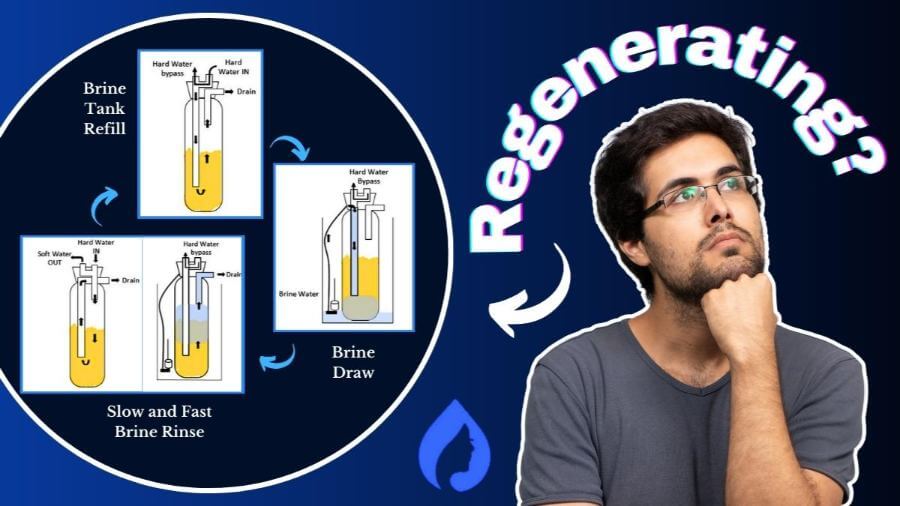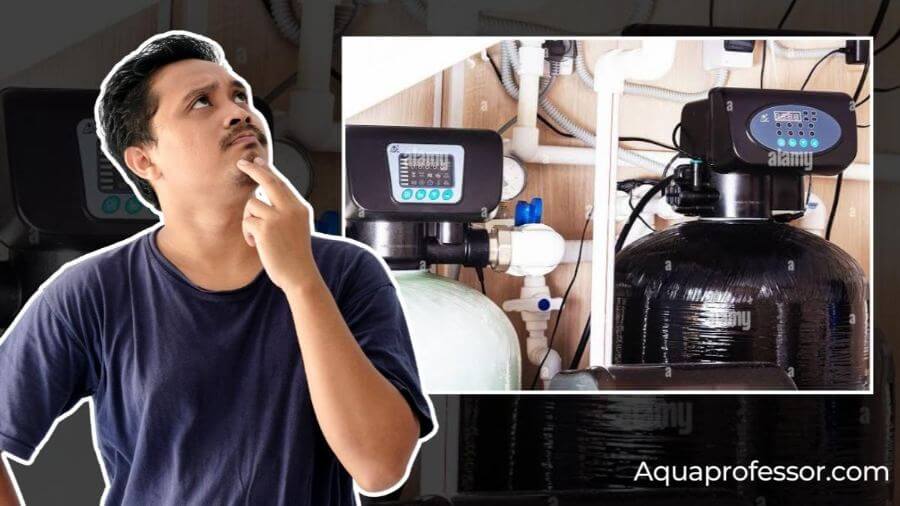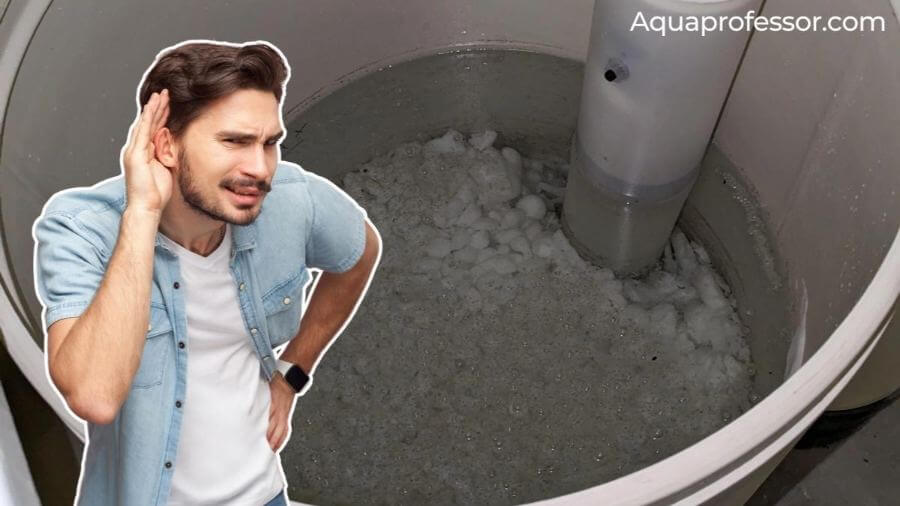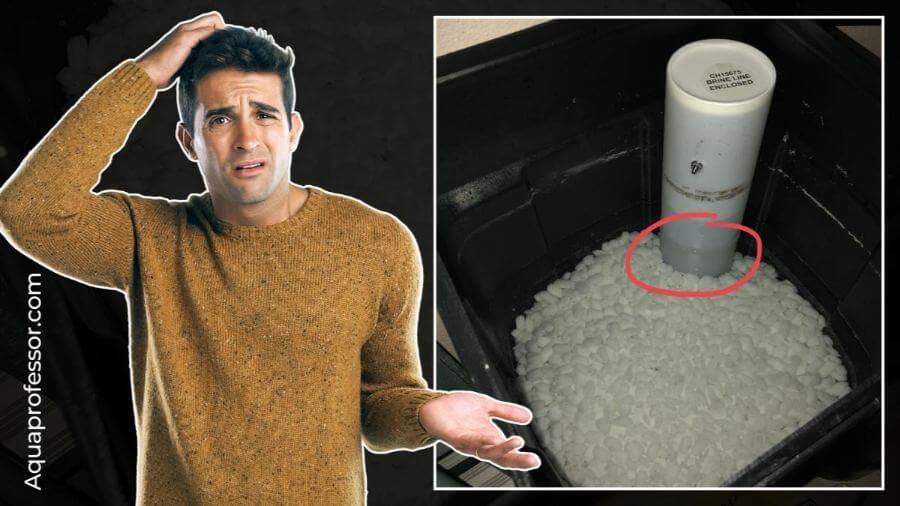
Is your water softener regenerating properly? Here are a couple of quick signs to look for:
Continue reading for more tell-tale signs that your water softener is regenerating with 3 surefire tests.
🤔What Triggers a Water Softener to Regenerate?

Three primary methods can initiate the regeneration cycle:
🔊Can You Hear a Water Softener Regenerating?

Yes, you can often hear a water softener regenerating. These sounds are a natural part of the water softener’s operational cycle during regeneration.
They signify that your system is actively purifying and rejuvenating the resin bed, ensuring the continued delivery of softer water to your home.
The sounds can vary during different stages of the water softener regeneration cycle:
Also Read: Why Is My Water Softener Making Weird Noises?
👉How To Test If Water Softener Is Regenerating?

You already know that hearing motor humming sounds can indicate that the softener is regenerating. Here are 3 more surefire tests:
Alternatively, you can use water hardness testing kits to measure the water hardness level quantitatively.
A lower reading on the hardness scale indicates that the regeneration process is functioning correctly.
Also Read: How To Set Water Softener Hardness Level
💡How Do I Know If My Water Softener Is Regenerating FAQs
How long does it take to regenerate a water softener?
It can take 1.5 to 2 hours for a water softener to regenerate, but the exact duration can vary.
It depends on factors such as the softener’s size, capacity, and the specific settings programmed into the unit.
How often should a water softener regenerate?
The frequency of regeneration depends on the type of water softener you have. Time-initiated water softeners typically undergo the regeneration process every 2-3 days, with the interval pre-set by you or the manufacturer.
In contrast, demand-initiated water softeners regenerate as needed, based on your household’s water usage and hardness, so the timing can vary.
How to set water softener regeneration frequency?
You can set REGEN frequency through a digital control panel at the top of the softener’s resin tank.
Here’s how to set regeneration frequency for time-based water softeners:
1. If water hardness is below 20 grains, program the softener to regenerate once every 3 days.
2. If water hardness is between 20 to 30 grains, program the softener to regenerate once every 4-5 days.
3. If water hardness exceeds 30 grains, program the softener to regenerate once daily.
What does “regen today” mean on a water softener?
“Regen today” appears in time-initiated water softeners to indicate that the water softener is scheduled to go through the regeneration process on that specific day, as predetermined by the unit’s programming.
How do you know if your water softener is not working?
Here are the signs that tell your water softener is not working correctly:
1. You’re not getting soft water, and hard water stains have returned.
2. You can’t hear regeneration sounds (like the motor humming and water flowing) or the absence of the “REGEN” message on the digital display.
3. You can see salt depleting fast.
4. You see discolored water.
You can try:
1. Finding and breaking salt bridges
2. Clean resin bead
3. Repair/replace broken parts
Adarsh is a Health & Nutrition Sciences graduate with expertise in environmental health. He is associated with ventures like Glacier Fresh Filter and Simpure Filter Systems. Through Aqua Professor, he intends to provide helpful information to every home to help them make smarter decisions.
